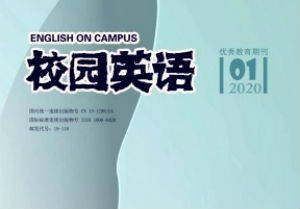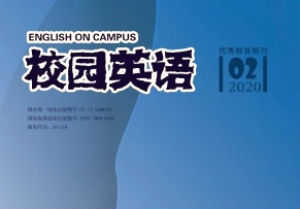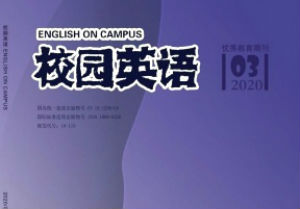bianji@xiaoyuanyingyu.com
【摘要】中国古典诗歌历史悠远,诗中互文标记之多,不一而足。所谓互文标记,衍生于互文理论。它是指在文学文本中存在的连接该文本与其他文本的字、词、句等连接成分。毋庸置疑,这些互文标记翻译的准确与否直接影响着诗歌在语义或是情感等方面的传达效度。为此,本文提出了一些较为可行的翻译策略。
【关键词】互文标记 互文理论 中国古典诗歌 英译策略
【Abstract】Endowed with a prolonged history, Chinese classical poems are replete with intertextual marks. Derived from the Intertextual theory, Intertextual marks refer to some words or sentences that function as links between the interrelated texts. Admittedly, the more accurately these intertextual marks are rendered, the more sufficiently word meanings and emotional overtones are conveyed. Therefore, this paper propounds several feasible translation strategies.
【Key words】intertextual marks; Intertextual theory; Chinese classical poetry; translation strategies
1. Introduction
Julia Kristeva, a well-reputed French semiotician, originally proposed the notion of intertextuality which is particularly coined as to clarify the interdependent relationship between texts. According to Julia Kristeva, all signifying systems from table settings to poems, are constituted by the manner in which they transform earlier signifying systems. Besides, any text is constructed of a mosaic quotations; any text is the absorption and transformation of another (Kristeva, 1969: 66). Derived from the Intertextual theory, Intertextual marks refer to some words or sentences that function as links between the interrelated texts.
Later, some poststructuralists had this intertextuality theory applied into translation studies, especially poetry translation. With plumbing into the depths of these handy translated versions, some practical strategies pertaining to intertextual marks translation can be construed and summarized,, thus serving as a reference for the ensuing researches and studies.
2. Suggested Translation Strategies of Intertextual Marks
2.1 Literal Translation
Intertextual marks are more often than not expressive of the traditional culture that a certain country boasts of. Notwithstanding these unique cultural marks, there exist arrays of intertextual marks whose cultural connotation are fathomed worldwide. Under such condition, these intertextual marks can be appropriately translated by adopting literal translation. Here an example is illustrated as follows.
安居不用架高堂,书中自有黄金屋。
娶妻莫恨无良媒,书中自有颜如玉。
In this poem, “黄金屋” and “颜如玉” are intertextual marks that had be also employed in The Peony Pavilion (牡丹亭), one of the most acclaimed drama in ancient China. It goes like this: 谩说书中能富贵, 颜如玉, 和黄金屋在那里? In the aforementioned poem, the underlined characters “黄金屋” and “颜如玉” are translated respectively into “the room of yellow gold” and “the jade-smooth cheeks”, which, for one thing, enables readers to give their fancy to play that what a stunning beauty she is with her countenance likened to jade, and how imposing and grandiose the dwelling is with stacks of gold filled in, and for another, satisfies the psychological expectation of foreign readers for the oriental culture and exotic flavor.
相关推荐
[张怡 王萱 余鹏鹏] 借鉴与发展:当代中国儒学与法律的关系
[王琳] 论杜威德育观对当代中国学校德育的启示
[李春芳] 中国私募股权投资的现状与发展初探
[张丹 李川] 在“中国梦”视域统领下的高校学生党建工作创新思考
[姚琨] 中国文化传播为导向的大学英语教学改革探索
[杨帅] 印日关系的走近及其对中国的影响
[孙丽 刘禹莹 潘婧] 浅谈“中国式过马路”
[白清平 李长真] 论中国特色社会主义建设事业“五位一体”的总布局
[戴宏军 王晓军] 边疆民族高校“中国近现代史纲要”课程实践教学探讨
[徐景彩] 论中国梦与青年文化认同
[毛新华] 中国艺术品市场营销分析
[王洋] 论中国企业管理存在的问题及对策
[衣丰] 中国私募基金发展障碍和对策研究
[王文娟] 浅析初中语文古典诗歌教学
[唐剑峰] 煤炭开采领域中国专利申请状况分析




